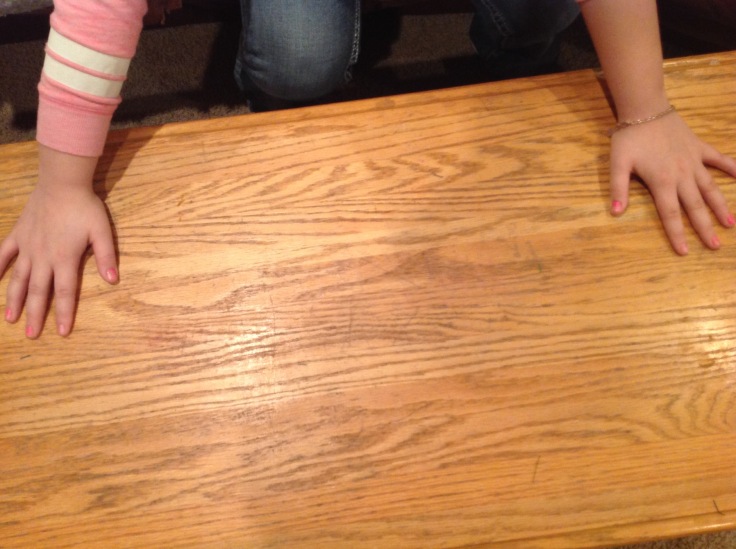Most people look at fractions and just hate the thought of trying to figure them out. Then you add the dreadful words DIVIDING FRACTIONS some with just cringe. The fact is if you can multiply fractions you sure can divide them. Follow these easy steps:
- You turn that second fraction upside down. This is called the reciprocal of the fraction.
- Multiply
- Simplify
I will show you a brief video of this process in the video below.
The one thing to always remember that when dealing with fractions if given a mixed number turn it into and improper fraction first. As I show in the video example 2 1/3 you would multiply 3 the denominator and 2 the whole number which is 6, then add the numerator 1 which would be 7. The denominator stays the same so it would now be 7/3.
The last part that could be a little confusing is when you are given a fraction to be multiplied by a whole number. For example 2/5 divided by 4. This may look confusing to you but, if you remember the this tip. If you add one in the denominator this does not change the number it is still 4, the number simply just turns it into a fraction. Then you go through the process of multiplying by the reciprocal.













Recent Comments